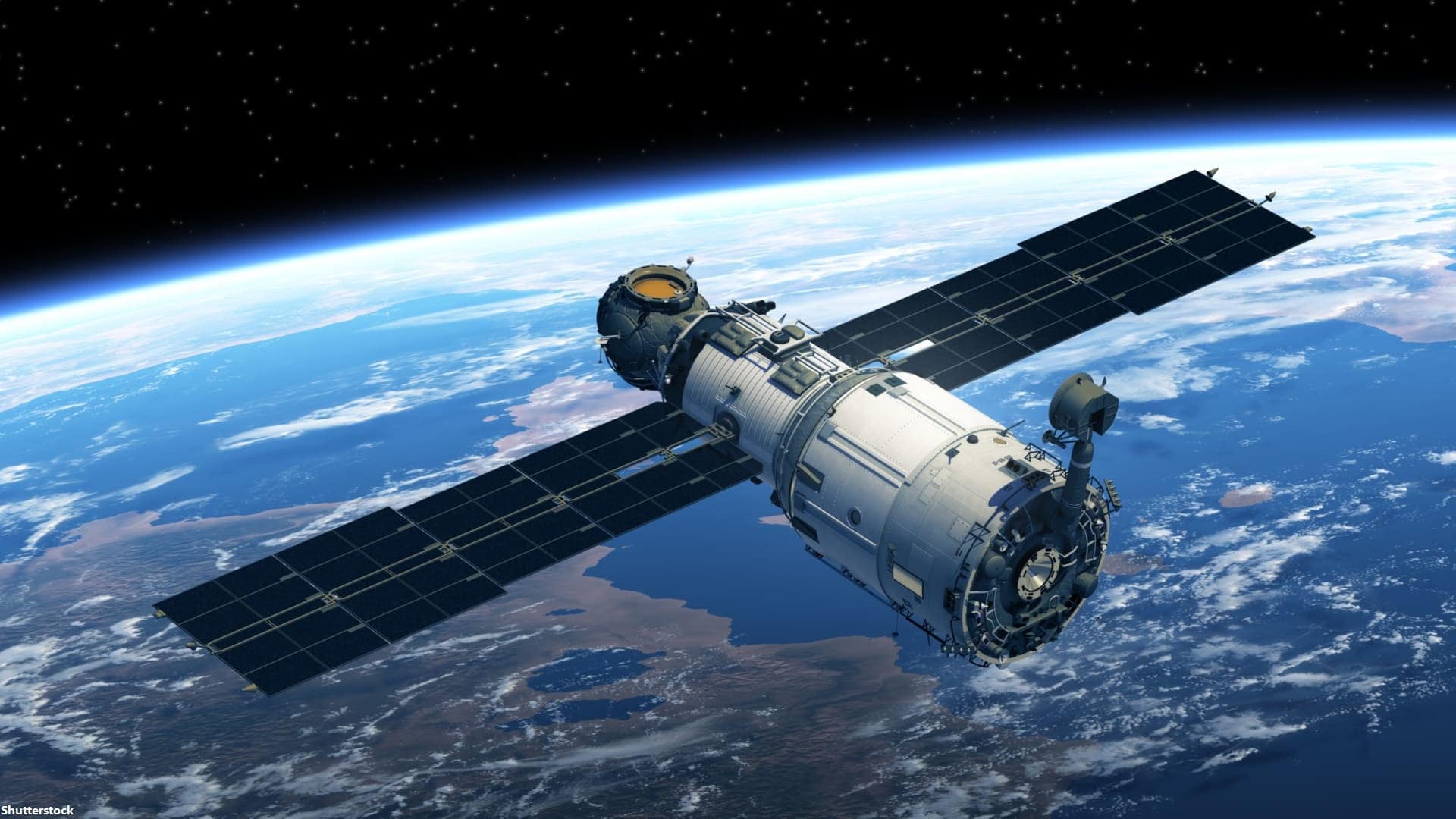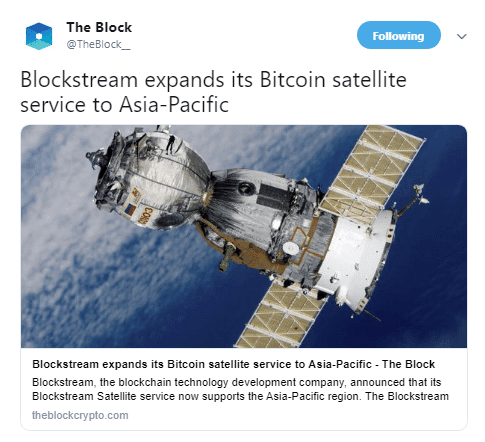Lightning Network
Blockstream Satellites Put the Lightning Network in Space

Since the dawn of cryptocurrency, there's been one glaring weak link in the blockchain – the dependence on the internet. The creative minds at Blockstream appear to have solved that problem. Last year the firm made headlines following the launch of multiple “Bitcoin Satellites” into orbit. Today, anyone can use Bitcoin, regardless of their internet connection.
Lightning in Space
Blockstream's satellites now offer Lightning Network support. News of the merger originated in December 2018 via social media. Blockstream is one of the main developers behind the Lightning Network and their satellite program pushed the boundaries of Bitcoin availability to new heights. Melding the two projects makes perfect sense.
Now, Lightning Network users can send Bitcoin micro-payments across the globe and beyond. The project proves that Bitcoin can withstand major disasters such as nuclear war. Additionally, it enables Bitcoin to operate independently of internet providers.
Phase One
The Blockstream satellite concept became reality last year when the firm began to launch their first satellites. The goal of the project was to provide free private Bitcoin transactions without using the internet. The first phase involved launching satellites to cover Europe, Africa, and North and South America.

Blockstream Satellite Lightning Network
Currently, there are five Blockstream satellites orbiting the earth. The latest satellite to launch provides Asia with 24/7 Bitcoin blockchain access. The Telstar 18V satellite provides crucial blockchain data to remote regions of Japan, China, South Korea, and many more.
How Does it Work?
The program combines ground stations known as “teleports” with geosynchronous satellites. These teleports transmit Bitcoin data to the satellites that in turn, transmit the data across the globe. This creates a more stable and cost-efficient way for Bitcoiners to access the blockchain.
People can receive blocks at no cost using this system. Eliminating internet costs enables more people to participate in Bitcoin's network. Additionally, many parts of the world still lack the infrastructure for internet services. These regions can now join the blockchain.
Bitcoins in Space
Interestingly, the project shows how Bitcoin could operate in space. Yep, in the far future, a space traveler could be filling up their intergalactic cruiser at a moon depot and paying via the Lightning Network. They could even send a tip.
The head of the project, Chris Cook, posted about some of the exciting features the project makes a reality. He described how the system could be used to send personal messages. He also explained how the system could function as a natural disaster notification network. Of course, all of these features are in addition to sending Bitcoin market data to anywhere on the planet.
Create Your Own
For now, the concept remains focused on earth dwellers. Anyone can create there own receiver using a regular TV satellite dish and a few other readily available parts. Basically, you will need a dish, some cables, a TV reception card, and various programs. Grubles has a very good guide on the build located here.